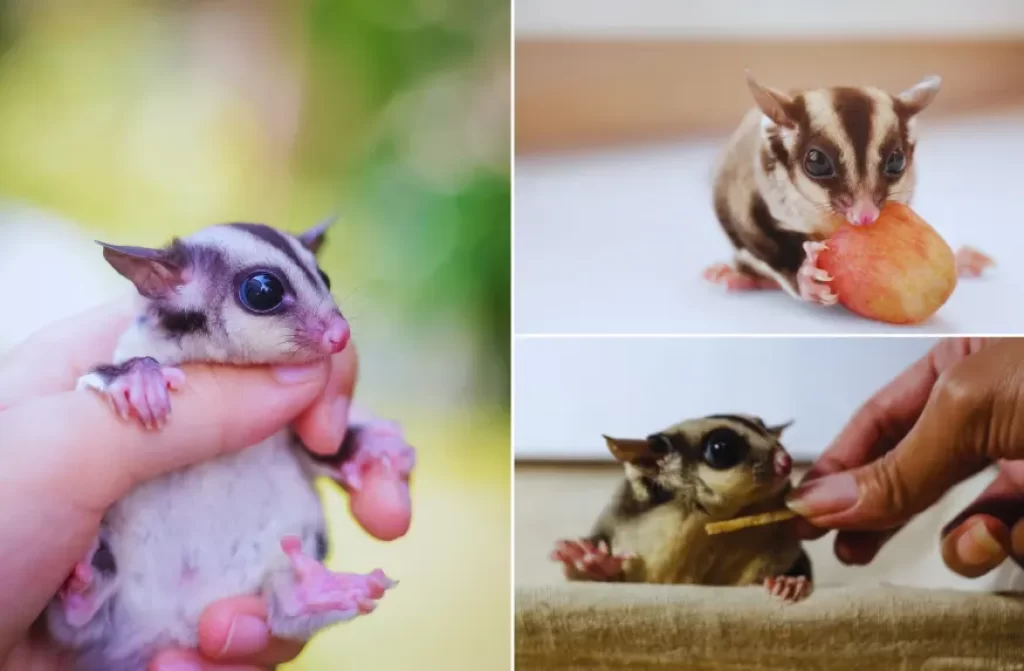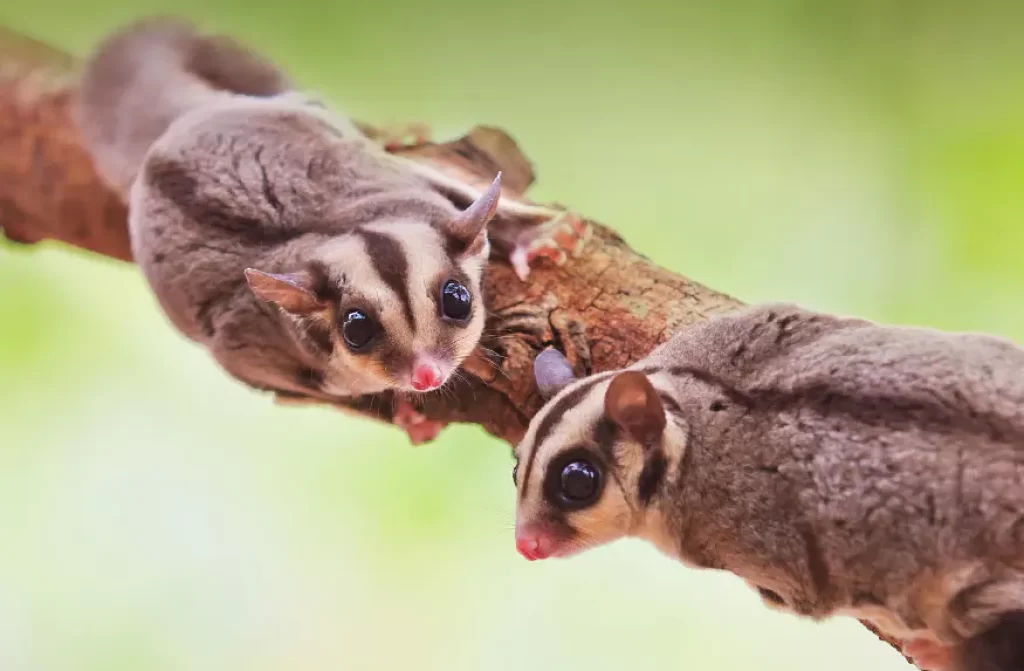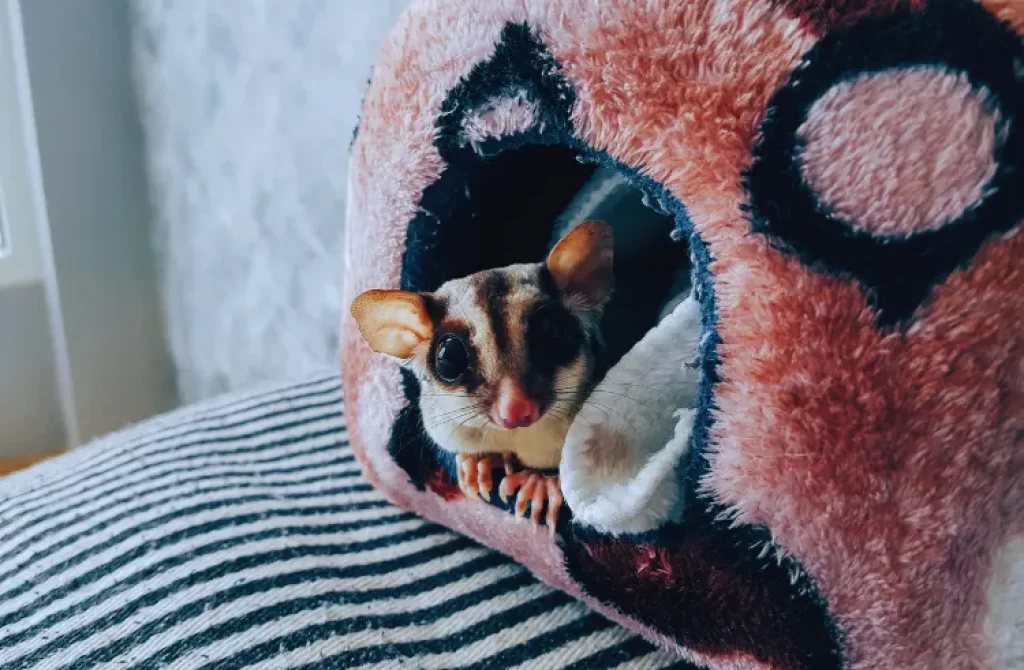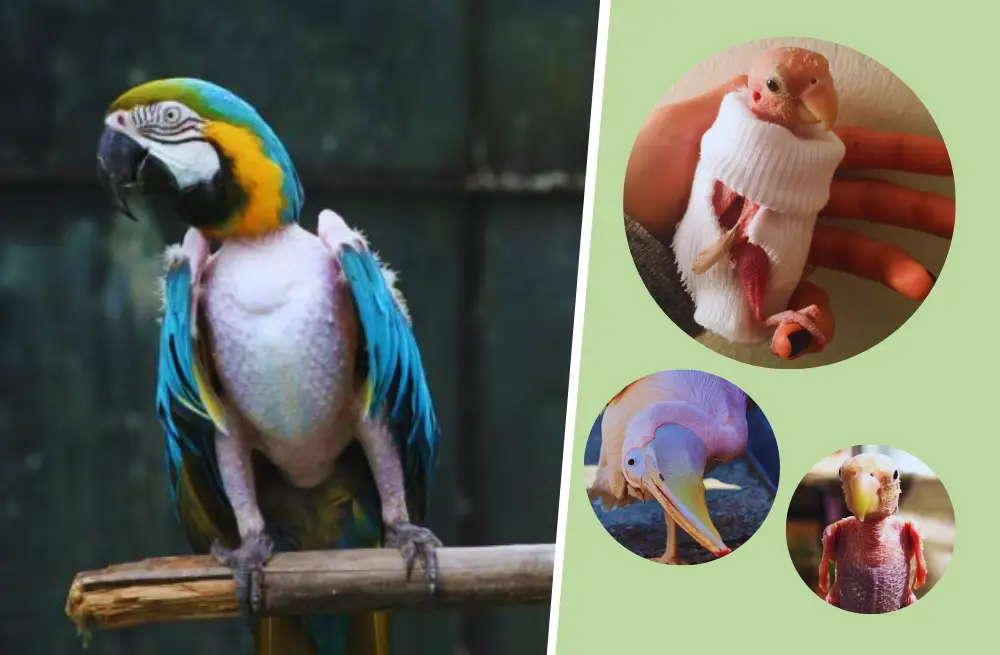Originally native to Indonesia and New Guinea, the sugar glider is a small marsupial that has captured the hearts of pet owners in the United States since its introduction in 1994.
Weighing around 4 ounces, these tree-dwelling creatures have become increasingly popular due to their ability to form strong bonds with their human caretakers. However, it’s essential to be aware that owning sugar gliders as pets is prohibited in certain US states, including California.
Whether male or female, sugar gliders can make wonderful companions. However, it’s crucial to avoid housing two male gliders together.
Differentiating between male and female sugar gliders is a straightforward process that involves gently flipping them over and observing for the presence of either a pouch or a scrotum. With a little understanding, you can easily determine the gender of your sugar glider.
Here are some key characteristics to look for:
Size and Weight

Determining the sex of a sugar glider based on size and weight can provide some clues, but it’s important to note that there can be variations within the species, making it not entirely definitive.
In general, males tend to be larger and heavier than females, but it’s essential to compare individuals of the same age to get a more accurate assessment. Keep in mind that relying solely on size and weight may not guarantee accurate sex identification, and it’s recommended to consider other physical characteristics as well.
Cloaca Shape
Another method to distinguish between male and female sugar gliders is by examining the shape of their cloaca. The cloaca is the opening where waste and reproductive fluids are expelled.
In males, the cloaca tends to be more prominent, creating a visible bulge. This is due to the presence of the scrotum and the positioning of the reproductive organs. The bulge is more noticeable, particularly when the sugar glider is mature.
In females, the cloaca appears flatter and less pronounced. The absence of a scrotum and the different arrangement of reproductive organs contribute to the less prominent appearance of the cloaca.
Observing and comparing the shape of the cloaca can provide additional evidence in determining the sex of a sugar glider, especially when combined with other physical characteristics. However, it is important to exercise caution and consider multiple factors for a more accurate assessment.
Distance Between Cloaca and Vent

Another characteristic that can help differentiate between male and female sugar gliders is the distance between the cloaca (the opening) and the vent (anus).
In males, this distance is typically shorter. The closeness of the cloaca and vent is attributed to the positioning of the reproductive organs in male sugar gliders.
In females, the distance between the cloaca and vent is generally longer. This is due to the anatomical arrangement of the reproductive system in female sugar gliders.
Scent Gland
One distinguishing feature between male and female sugar gliders is the presence of a scent gland.
Male sugar gliders have a prominent scent gland located on their forehead. This gland is often noticeable as a bald spot and plays a role in marking territory and attracting mates. During mating season, the scent gland releases a strong scent.
In contrast, females either lack this gland or have a less noticeable one. The absence or reduced prominence of the scent gland in females is a characteristic that can aid in sex determination.
Sugar glider behavior

Sugar gliders are known for their unique and social behavior, which can make them excellent pets regardless of their gender. However, understanding their behavior and social needs is important for their well-being.
One aspect of sugar glider behavior is their territorial nature. If an owner plans to neuter a male sugar glider, it is advisable to do so before the age of three months, which is when they may reach sexual maturity. Neutering at an early age helps prevent marking behaviors and attempts to copulate with female companions.
Sugar gliders are highly social animals and thrive when kept in pairs or groups, similar to their natural habitat. Ideally, they should be kept in groups of six to ten individuals. It is easier for them to adapt and bond with each other when introduced at a young age.
Neutered males can be housed together without issues, but unaltered males may display aggression towards each other. If breeding is not the goal, it is best to keep unaltered males separated.
In the wild, sugar gliders typically live in groupings consisting of one male and several females. Replicating this social structure in captivity can help promote their natural behaviors and social interactions.
Providing appropriate social companionship and a suitable environment that allows for their social needs is crucial for the well-being of pet sugar gliders.
Related: Thinking of adopting a sugar glider as a pet? check this article before making your decision – Owning a Sugar Glider: Are You Ready for the Commitment?
References:
- San Diego Zoo Wild Animal Alliance: Sugar Gliders. Retrieved from [Link]
- VCA Veterinary Hospitals: Sugar Gliders – Owning. Retrieved from [Link]







